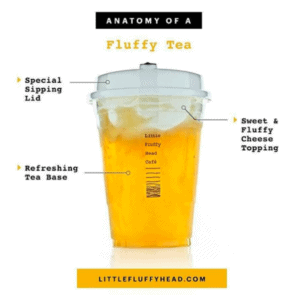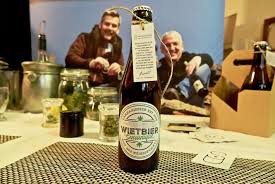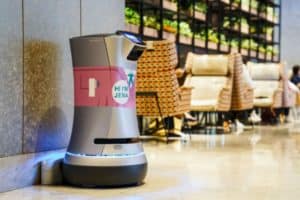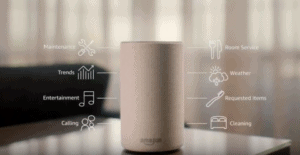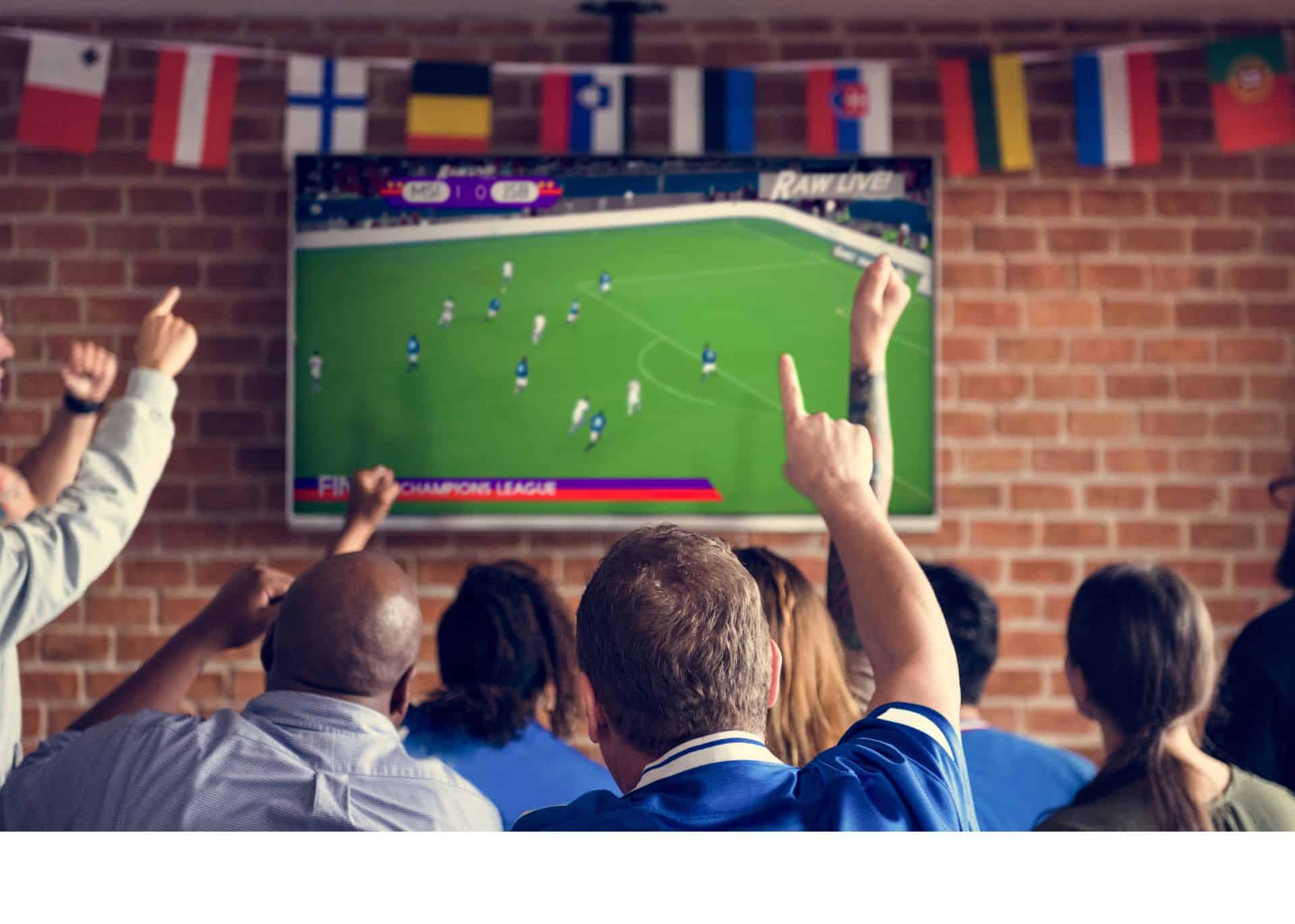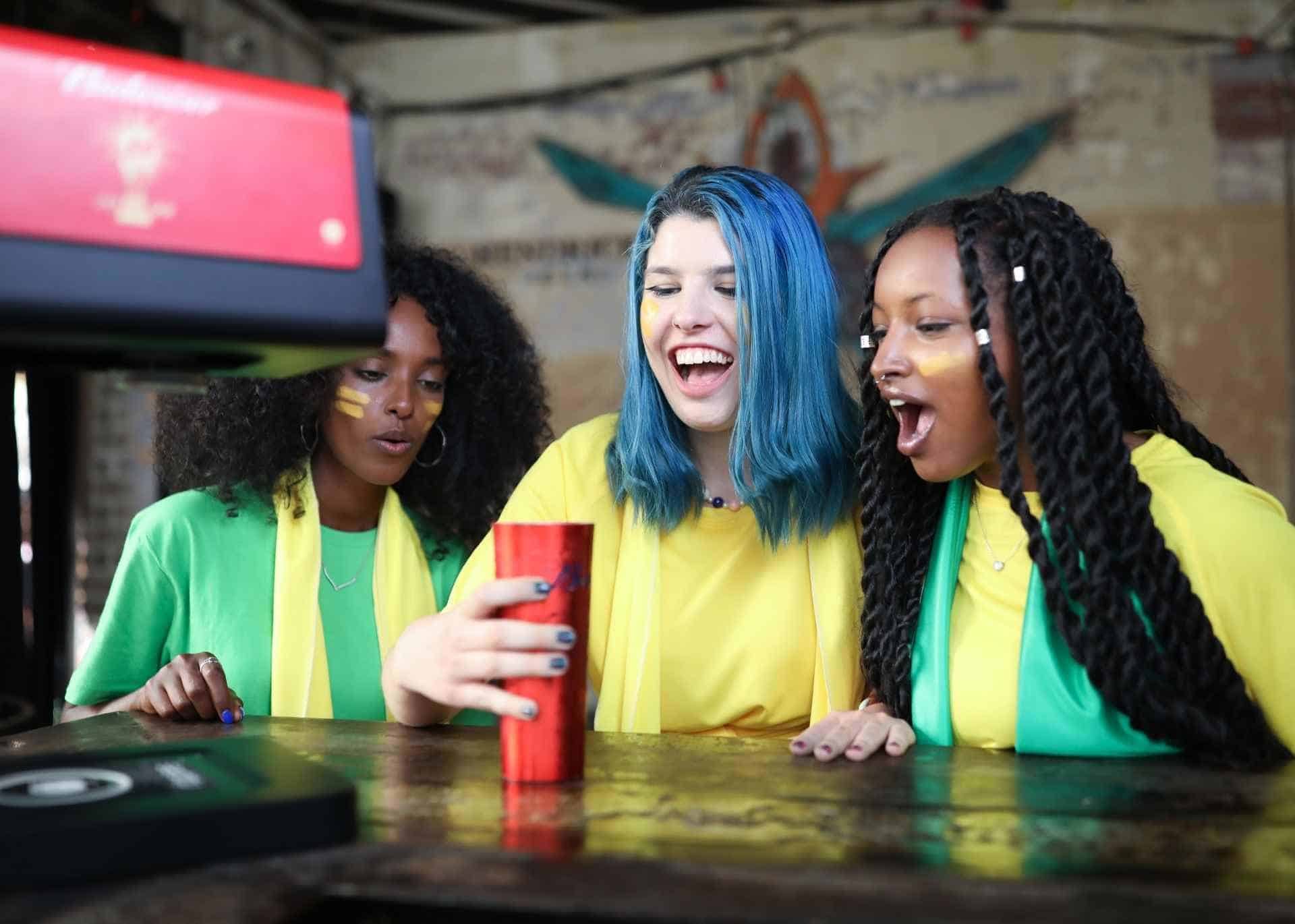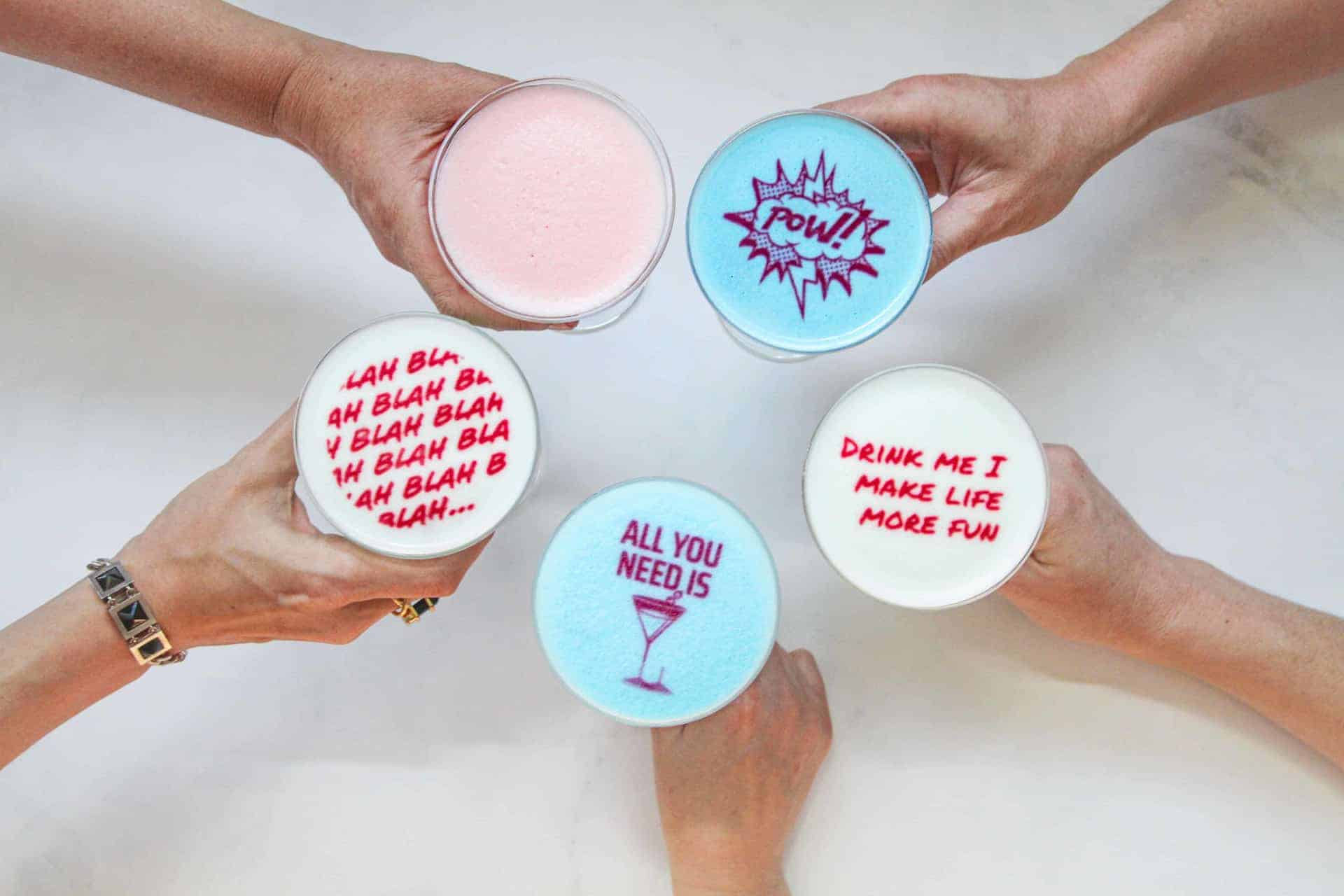Innovative Food & Beverage Trends in 2019
Food and beverage forecasting is not a science, and just like in any art form, trends in the foodservice world are constantly shifting to reflect the changing interests and needs of our guests and consumers. Besides being a fun game, keeping up with these trends is important to F&B directors, hotel or restaurant owners, chefs, baristas, bartenders—really anyone working in the foodservice industry.
The good news: 2019 is shaping up to be an exciting year for foodies, with all sorts of innovations in ingredients, services, and technology that are reverberating around the world. Here are some of the most intriguing trends that are emerging this year.
[Update: Don’t miss this ultimate list of food and beverage trends for 2020]
FOOD & BEVERAGE TRENDS
Cheese Tea: The Strange New Craze Causing a Stir
How do you take your tea? With milk? Sugar? How about a thick layer of salted cream cheese?
Image credit: Littlefluffyhead.com
Before you knock it, you should know that cheese tea is poised to be one of the big food trends of 2019, and was dubbed by the The New York Times as “the thing you will try against your better judgement”.
The concept, which originated on the streets of Taiwan, worked its way through China, Singapore, Malaysia, and Hong Kong before gaining popularity in the US. What began as tea topped with simple cheese powder has evolved into a thick layer of creamy foam, typically made from a mixture of cream cheese, whipped cream, and milk.
Drinking cheese tea properly is an art form in itself: you can either use a straw, or hold your cup and tip it to perfectly mix both the cheese and tea for a flavor that has been compared to tea-infused cheesecake. Admittedly, that last comparison does make this otherwise strange trend seem more palatable.
Get ready for your next Instagrammable drink and to get lost in the mesmerizing collection of photos on the #cheesetea hashtag. Seriously, it’s a thing!!
CBD Beer Products: A Different Kind of Beer Buzz
This past December, US President Donald Trump signed a new $867 billion dollar farm bill that removed hemp from a list of federally controlled substances. According to the Wall Street Journal, farmers and processors believe growing demand for cannabidiol will turn hemp into “a lucrative cash crop”.
Image credit: Cannador.com
Cannabidiol, also known as CBD, is an extract derived from marijuana which has a multitude of proven uses, from treating epilepsy, to reducing pain and stress, to fighting anxiety. But the isolated extract does not contain any psychoactive compounds, which basically means you don’t get high.
This new bill opens up a broad range of commercial opportunities, and CBD-infused drinks are quickly gaining momentum as serious contenders in the popular beverage market.
CBD beverages span sparkling water, coffee, tea, energy drinks, beer, wine and mixed alcoholic beverages. Several of the leading hemp-CBD beer product manufacturers are looking at this strategic development, planning to either compete with, or be acquired by, large corporations who show interest in the CBD space and are ready to get moving on commercial hemp legalization.
Early adopters will likely be Millennials, followed by vegans and vegetarians, Wall Streeters, and the wellness crowd.
Flavor Flav: Sour and Complex
We’re seeing flavors and spices from around the world on menus this year!
Image credit: Food Business News
African and Middle Eastern infusions and flavors such as za’atar, harissa, and sumac have been popular food trends for a few years, but in 2019 they’ve taken an even more prominent role.
We’re also tasting lots of sour and complex flavors in Filipino cuisine, which is heavy on vinegar-based marinades and sauces, as well as tart Persian cuisine infused with calamansi, rhubarb, sour oranges, tamarind and pomegranate.
And from even farther east, sour Korean kimchi flavors have been finding their way into dishes ranging from tacos and quesadillas, to mac-and-cheese, and even ice cream!
TECHNOLOGY TRENDS
Technological advancements have changed everything about the quick-service experience—and woe to the operator who falls behind. Just as it has affected every other aspect of modern living, technology is drastically reshaping the quick-service and fast-casual businesses.
Some establishments are implementing text-based notifications, which send a text alert to your customers when they are near your coffee shop or restaurant, when their take-out is ready, or even when their table reservation is ready, allowing them to shop and run other errands instead of waiting in line.
Others are installing easy-to-use kiosks and tablets that help streamline the ordering process and can speed up your service. Digital menu boards allow restaurants or bar owners and managers to change their menus regularly to feature specials and to adjust prices for different times. For example, you can set lower prices during slow periods to entice customers to visit and use higher prices during busy periods to boost profits.
There’s really no end in sight when it comes to technological advancements and therefore, all operators, regardless of size or segment, must have their hand in the game and innovate on a regular basis.
Here Come the Bots
Image credit: TripZilla.com
Now that automated dining experiences are becoming more common, we’re seeing more bots this year. From face-recognition bots manning concierge desks, to machines flipping burgers and mixing cocktails, robots delivering food and laundry to hotels rooms, and “self-driving” bots taking orders and escorting customers to tables at sit-down restaurants. At the Waikiki Sheraton you can even find a newly deployed computer system that allows guests to close out their own bills.
Alexa, Check Me Out!
At the beginning of 2018 Amazon launched Alexa for Hospitality, a new program that provides hoteliers with Amazon Echo to serve as a voice-activated virtual concierge in each room. Marriott International already started rolling out the program at select properties in Marriott Hotels, Westin Hotels & Resorts, St. Regis Hotels & Resorts, Aloft Hotels, and Autograph Collection Hotels last summer.
Image credit: HotelManagement.net
Once guests staying in Alexa-enabled rooms have activated the device, they can ask it for hotel-specific information. Things like restaurant hours, for example, or calling the front desk in order to extend or end their stay by simply saying “Alexa, check me out”. It eliminates the need to stop by the front desk and alerts the hotel team that the room is ready for a turnover.
Alexa for hospitality also works with existing hotel technologies and hospitality solution providers: programs developed by Nuvola, DigiValet, and Intelity, let guests order wine or book spa appointments by voice commands, with requests routed to the right point of sale, and guest request systems. The platform also works with entertainment providers including World Cinema and GuestTek for voice control of TVs and in-room control of connected devices using Crestron and Inncom by Honeywell.
Beverage-Top Media
Beverage-top media (or bev-top media) is a new marketing platform that prints high-resolution images or messages on coffee, beer, cocktails and other foam-based drinks. Drink designs can be customized in real-time.
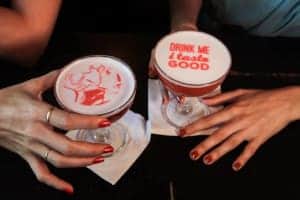
Beverage marketing technology is quickly being adopted by a growing range of industries that naturally include restaurants and bars, but also hotels, cruise lines, corporate foodservices and event marketing. By turning a simple drink into an innovative canvas, bev-top media allows these industries to leverage what is otherwise a wasted opportunity to connect with their customers and increase sales.
The bev-top marketing platform bridges analog drinks with the digital world in two important ways for businesses. Firsty, it inspires customers to immediately pull out a smartphone and share pictures of their personalized experience on social media, particularly Instagram. It also collects data on drink and design usage, which marketers can use to optimize product and promotional offers, as well as messaging.
Face Recognition
Last July it was reported that the joint venture of Alibaba Group and Marriott International is spearheading Marriott International’s facial-recognition check-in pilot with Fliggy, Alibaba’s travel service platform. The facial check-ins were debuted at two Marriott locations in China – the Hangzhou Marriott Hotel Qianjiang and Sanya Marriott Hotel Dadonghai Bay, with plans for a global rollout. In addition to the initial pilot, during which Alibaba tested the waters integrating facial recognition technology with Marriott International, they have already introduced a facial-recognition system for hotel check-ins at approximately 50 hotels in Hainan Province.
Image credit: FastCompany.com
The traditional hotel check-in process takes at least 3 minutes (longer during peak times), with most of it spent on queuing. With the adoption of facial recognition technology, the check-in process can be completed in less than a minute. Chinese guests simply need to scan their IDs, take a photo, and input contact details on a self-help machine. The intelligent device will then dispense room key cards after identities and booking information are verified. The goal of the project is to turn the entire hotel booking process into a digital, much faster experience.
And they are not the only ones in the food industry who are exploring the possibilities of using this technology. In September last year, Yum China’s KFC launched a ‘Smile to Pay’ facial recognition system at a store in the eastern Chinese city of Hangzhou, looking to lure in tech-savvy younger consumers.
How can keeping up with these trends benefit your business?
The best restaurants, hotels, and bars are the ones that pick up on industry trends and make them their own. They identify one or two trends that can easily be translated to suit their business and find ways of giving people something new and exciting with a twist that is uniquely their ow. It could be as simple as offering a limited-time menu item or as involved as rolling out a whole new concept or a product. The most important thing is to stay true to your vision and craft great food, drinks, and service.
Written by Yifat Yudovsky, Head of Key Accounts at Ripples, the beverage-top media company that pioneered the original coffee printer and beer printer.
Tailored Solutions
Leverage those beverages for your customers

